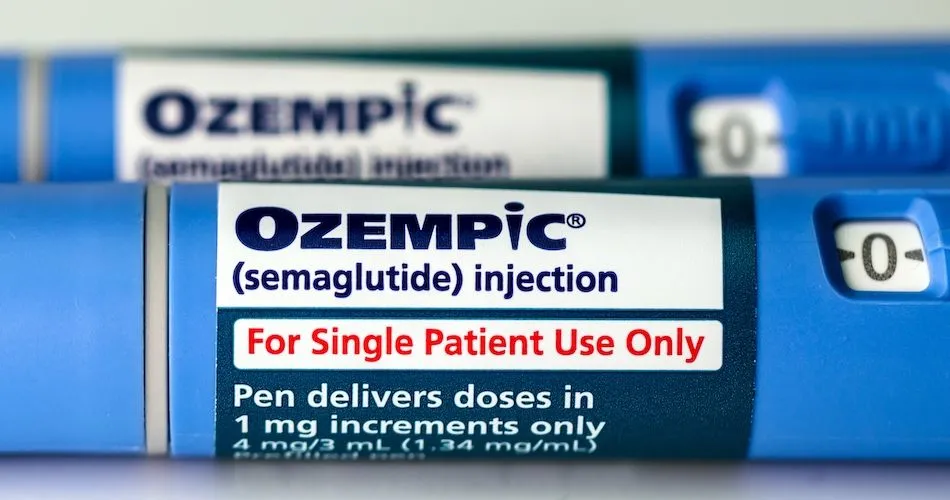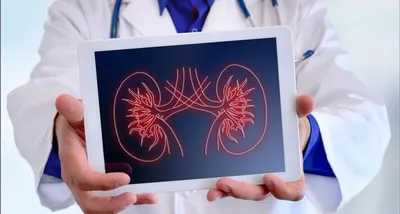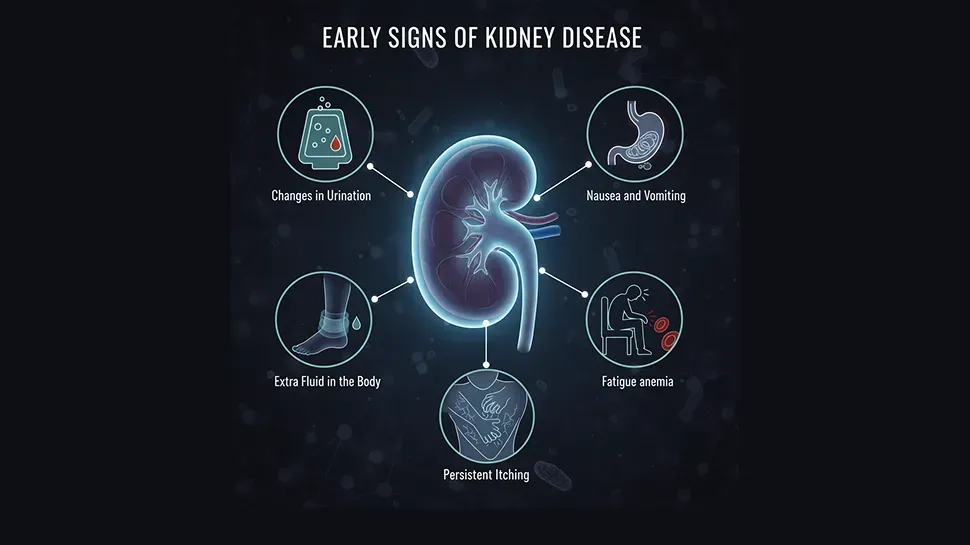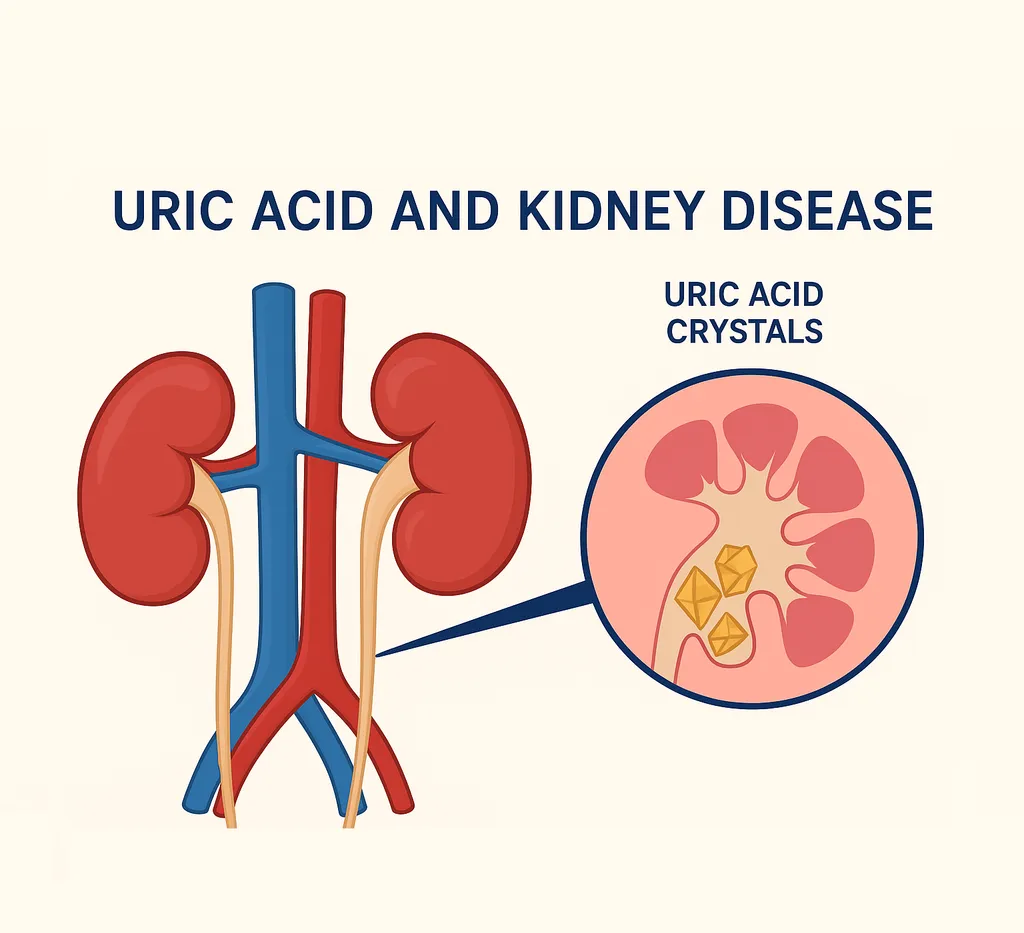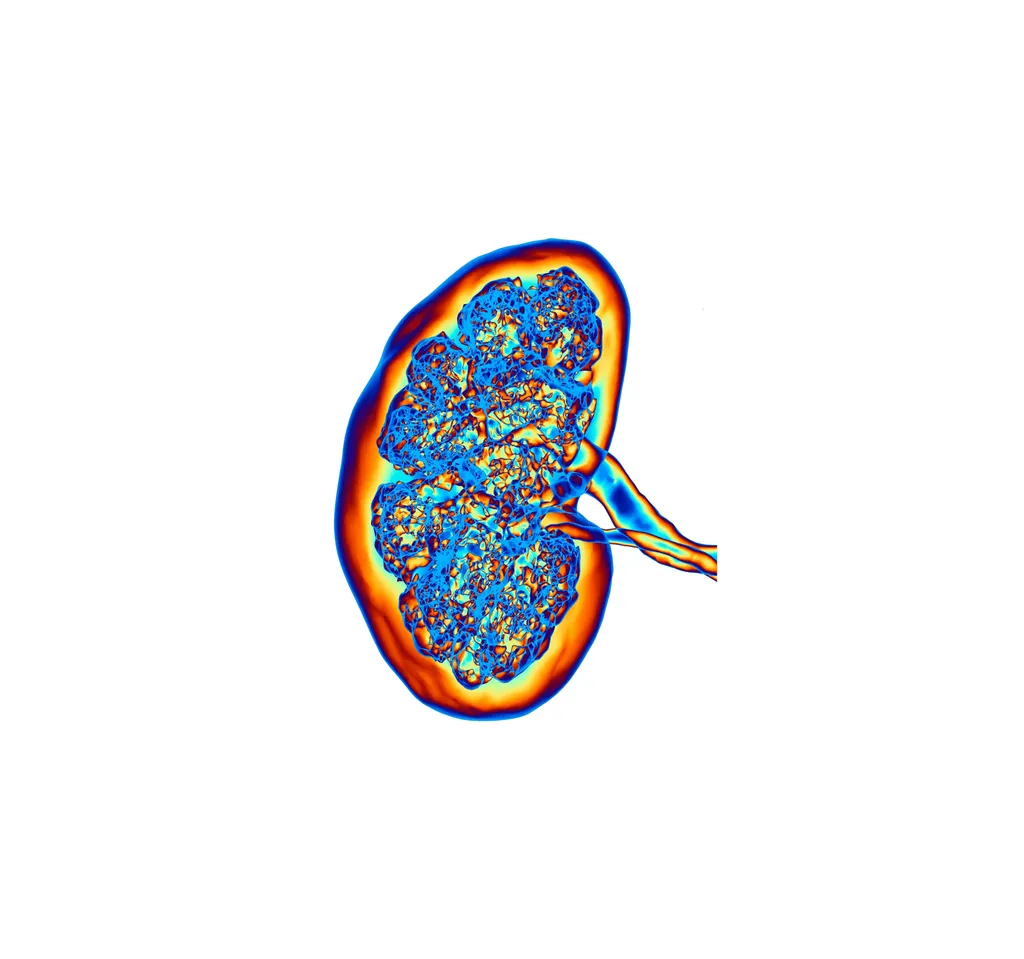GFR And Other Biomarkers in Chronic Kidney Disease

GFR And Other Biomarkers in Chronic Kidney Disease
“Chronic kidney disease (CKD) typically evolves over many years, with a long latent period when the disease is clinically silent and therefore diagnosis, evaluation and treatment is based mainly on biomarkers that assess kidney function.” Glomerular filtration rate (GFR) remains the ideal marker of kidney function.
Healthy kidney function has a GFR of 90-100. (See HERE for the 5 stages of kidney disease.) Unfortunately, measuring GFR is time consuming. Therefore, other biomarkers can be used to signify kidney damage. Effective treatments for CKD are on the rise. Therefore, diagnosis and early treatment are valuable keys to slowing its progression.
The definition of CKD refers to a GFR of less than 60, with kidney damage present for more than 3 months. Early intervention is vital because CKD can often be a precursor to hypertension and heart disease. Different biomarkers contribute differently to the layout of GFR trajectory long-term and establishment of a baseline.
Biomarkers can be used to estimate the severity and nature of kidney damage. Normal biomarkers for kidney function include: serum creatinine (SCr), urine output, and urine microscopy. All markers can be assessed to help establish the stage and treatment plan for CKD patients.
Early biomarkers for CKD are:
- Albumin is the most common type of protein in the urine. All patients with CKD should be screened for albuminuria.
- Increased protein in the urine (two positive tests over 3 or more months) is the principal marker of kidney damage.
- Serum cystatin C (CysC) is present in early detection of CKD.
Common CKD biomarkers:
- KIM-1 (Kidney Injury Molecule-1) is a type of protein that can be used to increase the albumin and also serve as a marker for kidney damage.
- NGAL (Neutrophil gelatinase-associated lipocalin) is released from kidney cells when they are under stress or inflamed.
- L-FABP (fatty acid-binding proteins) are a group of molecules that can indicate kidney damage.
- α1M (alpha-1) is a stress protein that appears when there is kidney injury.
Biomarkers (including the standard GFR) are helpful indicators of kidney function and can be used to diagnose kidney damage and disease.
See HERE for a GFR calculator.
GFR And Other Biomarkers in Chronic Kidney Disease
“Chronic kidney disease (CKD) typically evolves over many years, with a long latent period when the disease is clinically silent and therefore diagnosis, evaluation and treatment is based mainly on biomarkers that assess kidney function.” Glomerular filtration rate (GFR) remains the ideal marker of kidney function.
Healthy kidney function has a GFR of 90-100. (See HERE for the 5 stages of kidney disease.) Unfortunately, measuring GFR is time consuming. Therefore, other biomarkers can be used to signify kidney damage. Effective treatments for CKD are on the rise. Therefore, diagnosis and early treatment are valuable keys to slowing its progression.
The definition of CKD refers to a GFR of less than 60, with kidney damage present for more than 3 months. Early intervention is vital because CKD can often be a precursor to hypertension and heart disease. Different biomarkers contribute differently to the layout of GFR trajectory long-term and establishment of a baseline.
Biomarkers can be used to estimate the severity and nature of kidney damage. Normal biomarkers for kidney function include: serum creatinine (SCr), urine output, and urine microscopy. All markers can be assessed to help establish the stage and treatment plan for CKD patients.
Early biomarkers for CKD are:
- Albumin is the most common type of protein in the urine. All patients with CKD should be screened for albuminuria.
- Increased protein in the urine (two positive tests over 3 or more months) is the principal marker of kidney damage.
- Serum cystatin C (CysC) is present in early detection of CKD.
Common CKD biomarkers:
- KIM-1 (Kidney Injury Molecule-1) is a type of protein that can be used to increase the albumin and also serve as a marker for kidney damage.
- NGAL (Neutrophil gelatinase-associated lipocalin) is released from kidney cells when they are under stress or inflamed.
- L-FABP (fatty acid-binding proteins) are a group of molecules that can indicate kidney damage.
- α1M (alpha-1) is a stress protein that appears when there is kidney injury.
Biomarkers (including the standard GFR) are helpful indicators of kidney function and can be used to diagnose kidney damage and disease.
See HERE for a GFR calculator.

about the author
Lisa Foster
Lisa Foster is a mom of 3 daughters and 1 perfect grandchild, a puzzle lover, writer and HealthTree advocate. She believes in the mission of the foundation and the team that builds it forward. She calls Houston, Texas home.
More on Treatment Advances
Get the Latest Kidney Disease Updates, Delivered to You.
By subscribing to the HealthTree newsletter, you'll receive the latest research, treatment updates, and expert insights to help you navigate your health.
Together we care.
Together we cure.
3x Faster.

